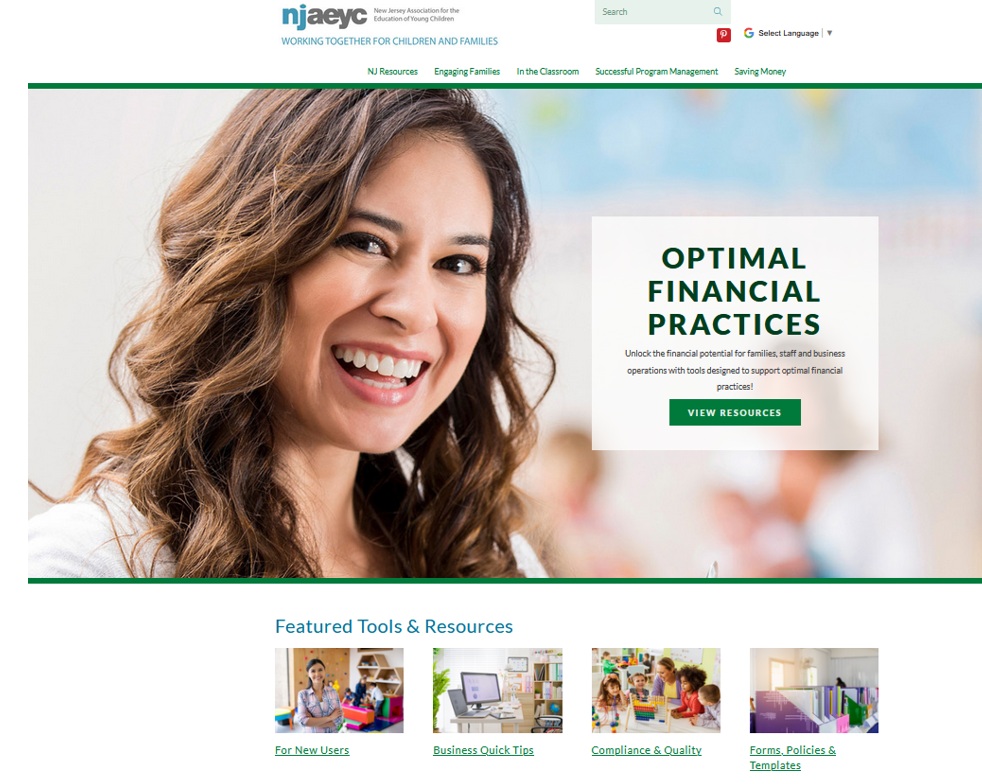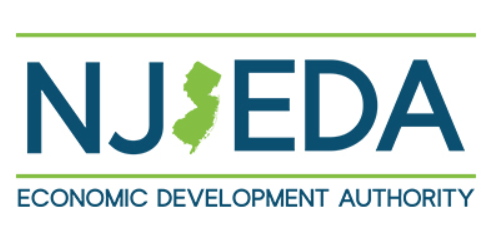The New Jersey Shared Resources platform offers business tools and templates, business quick tips, HR documents and tips, and other helpful resources. You can access the shared services platform here. If you have any
questions or need help, contact Anshoo Talwar at atalwar@ccrnj.org
Child Care Center Business Support

turn, they would receive a percentage of their unemployment compensation. For example, if an employee typically works 40 hours per week and his/her hours are reduced to 32 hours per week (a 20% reduction), then the employee would receive reduced earnings based on the 32-hour week and 20% of his/her unemployment compensation. For employers, reducing hours instead of imposing layoffs can help retain a skilled workforce during recovery periods. The same concept can also be applied for employers seeking to restore their workforce. While NJ’s state law restricts the workshare program to employers with at least 10 employees, it is an option that some child care centers may want to consider. Find out more about NJ’s Workshare program on the NJ Labor and Workforce site here. State workshare programs that have been enacted through state legislation are funded 100% by federal dollars through September 6, 2021.
Child Care Information

Health Insurance Resources
The American Rescue Plan made health care coverage more affordable! The Inflation Reduction Act extended health care subsidies through 2025.
- American Rescue Plan Health Insurance One Pager (August 29, 2022)

Monmouth County Child Care Business Support
- Small Business Development Center – Brookdale Community College (serving Monmouth and Ocean Counties) Business counseling services are provided free of charge to businesses and entrepreneurs

Quick Access Information for Your Toolbox!
Links to Internal Revenue Service Forms & Material
New Jersey Economic Development Authority (NJEDA)
NJ Department of Labor and Workforce Development Division of Employer Accounts, Easy Access Tool
Businesses can now use the Employer Access application (formerly called TWES) to:
- report employees refusing suitable work,
- view an account summary, payment history and any deficiencies,
- check employer and worker contribution rates, and
- download an annual contribution rate notice.

- NJEDA Financing and Incentives
- New Jersey Economic Development Authority Home Page (the resources below can all be found on the NJ EDA web site! Check it out!)


